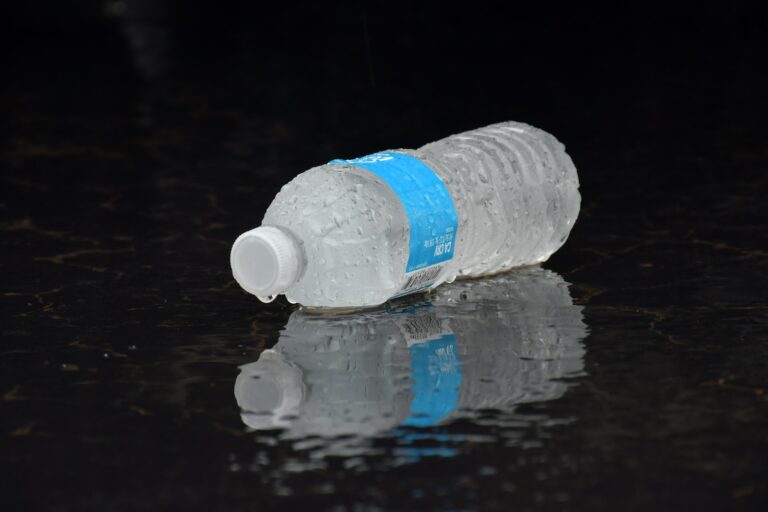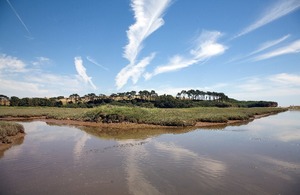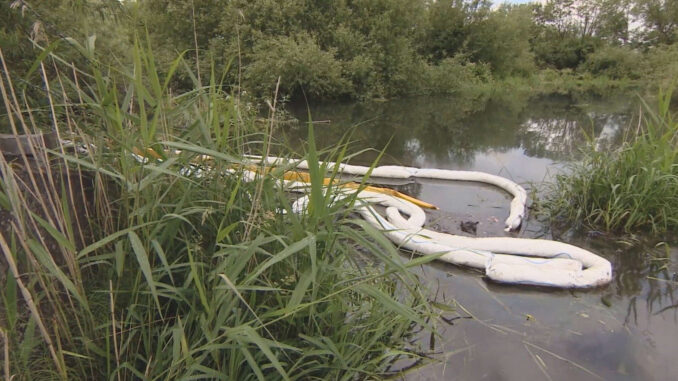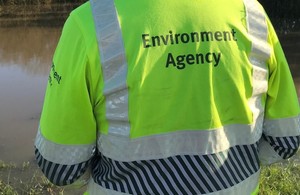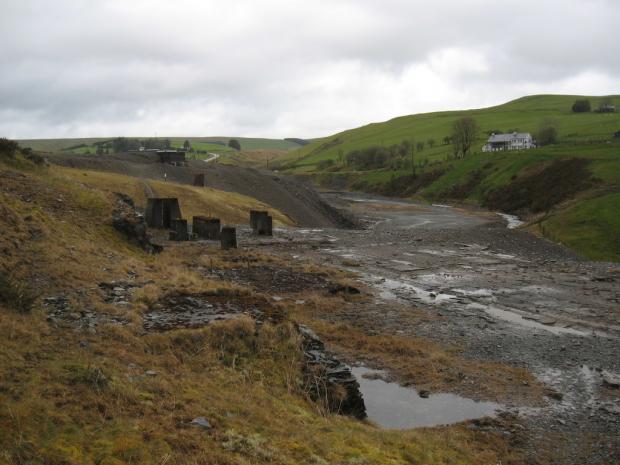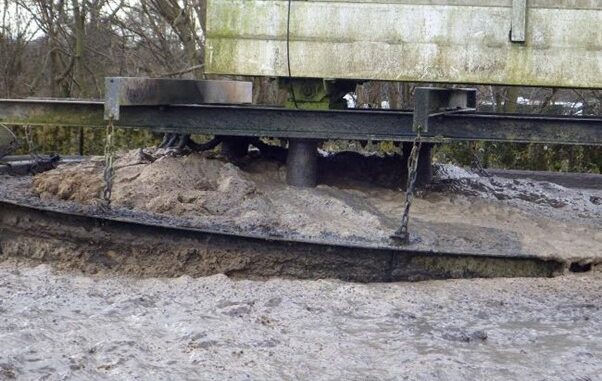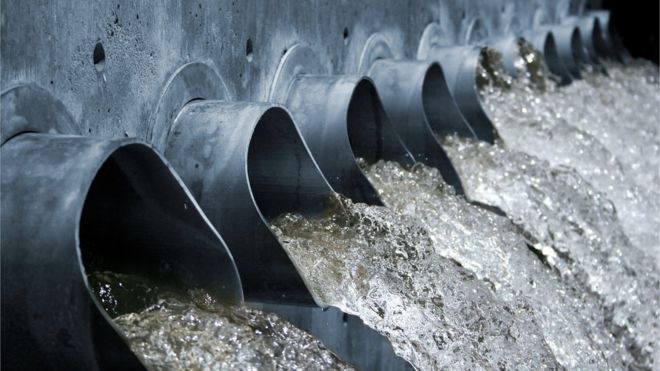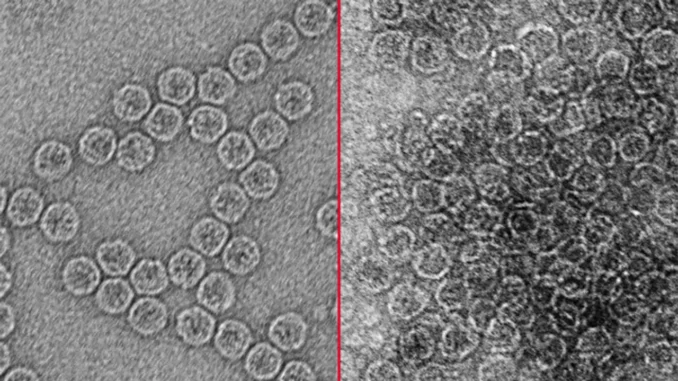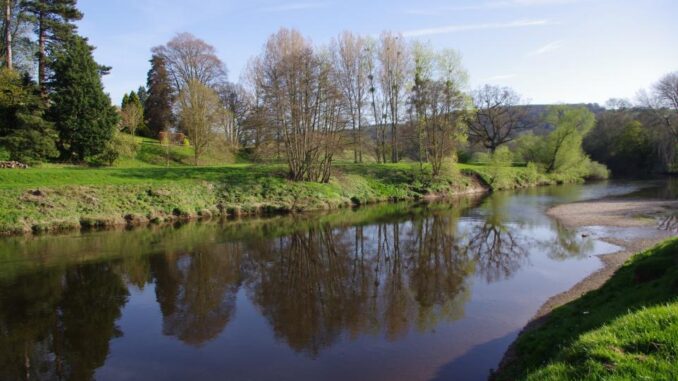At the peak of its activities in the 18th century, Cwmystwyth Mine in Ceredigion, Wales, was one of the largest silver, lead and zinc mines in the country. It has been closed for decades, but its polluting legacy is far from over.
New Scientist environment reporter Madeleine Cuff visited the Welsh mine with Mark Macklin and Chris Thomas, both at the University of Lincoln, UK, who are studying how this mine – and others like it around the world – are contributing to river pollution in the modern day.
Macklin is exploring how wilder, wetter weather caused by climate change is dredging toxins like lead and mercury discharged by the mine back to the surface. Often, it’s not the mine sites themselves that are the problem. Over hundreds of years, waste material has been washed downstream and accumulated in riverbanks and floodplains, where humans and livestock now live. Remobilising this material can leave grazing livestock vulnerable to contamination, he says. Meanwhile, Thomas fears the residual metal pollution from the mine could be accelerating the development of antibiotic-resistant bacteria.
The UK alone is home to thousands of abandoned mines scattered across the country. These ruined outposts may look like they belong in the history books. Yet as this short film uncovers, they are at the heart of a modern pollution problem that could threaten our rivers, our livestock and even human health.



